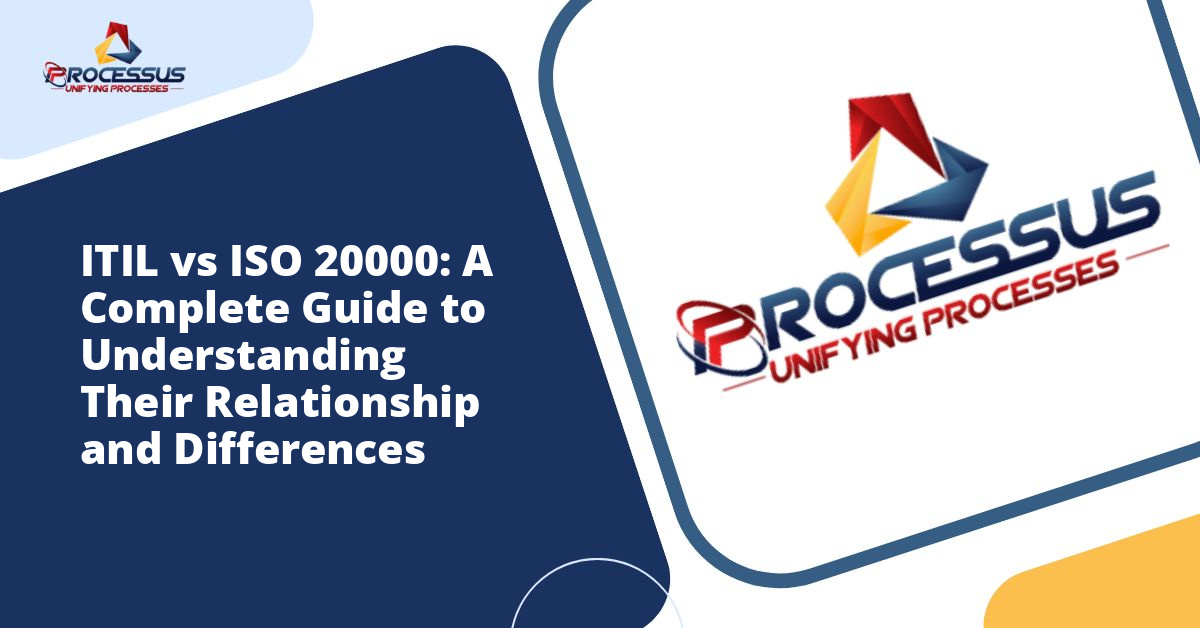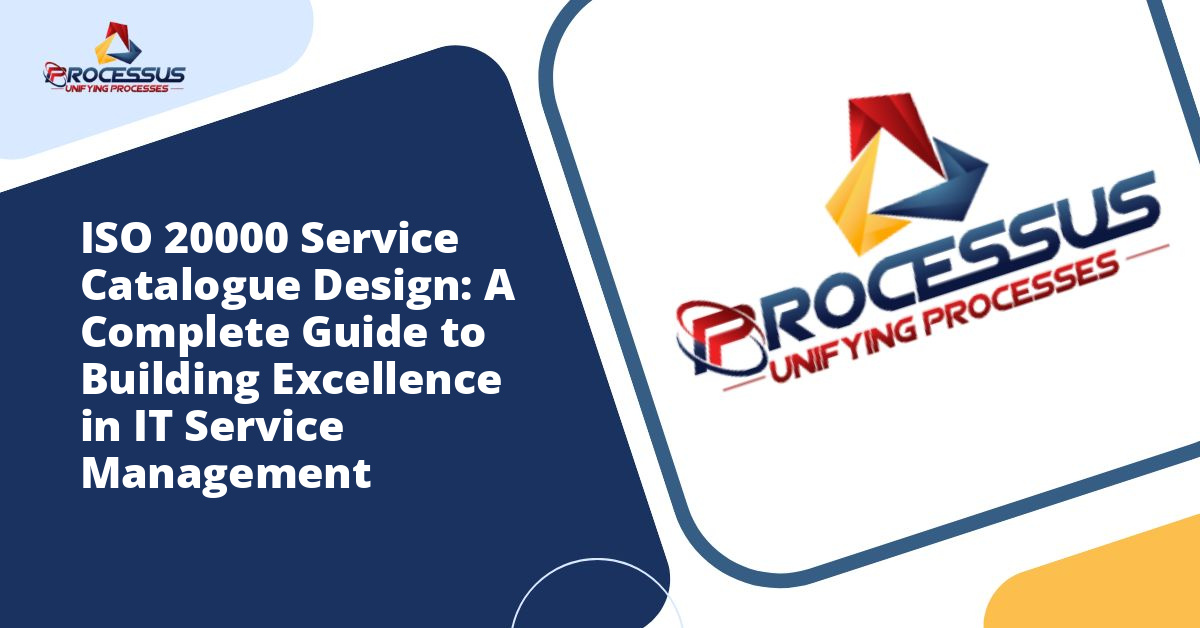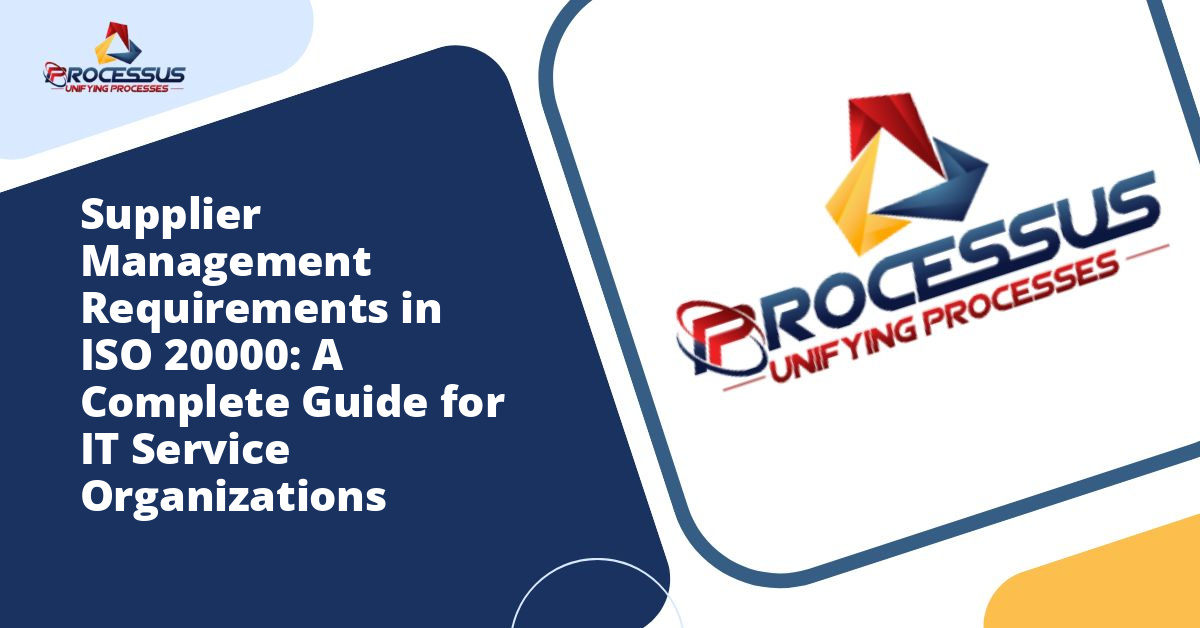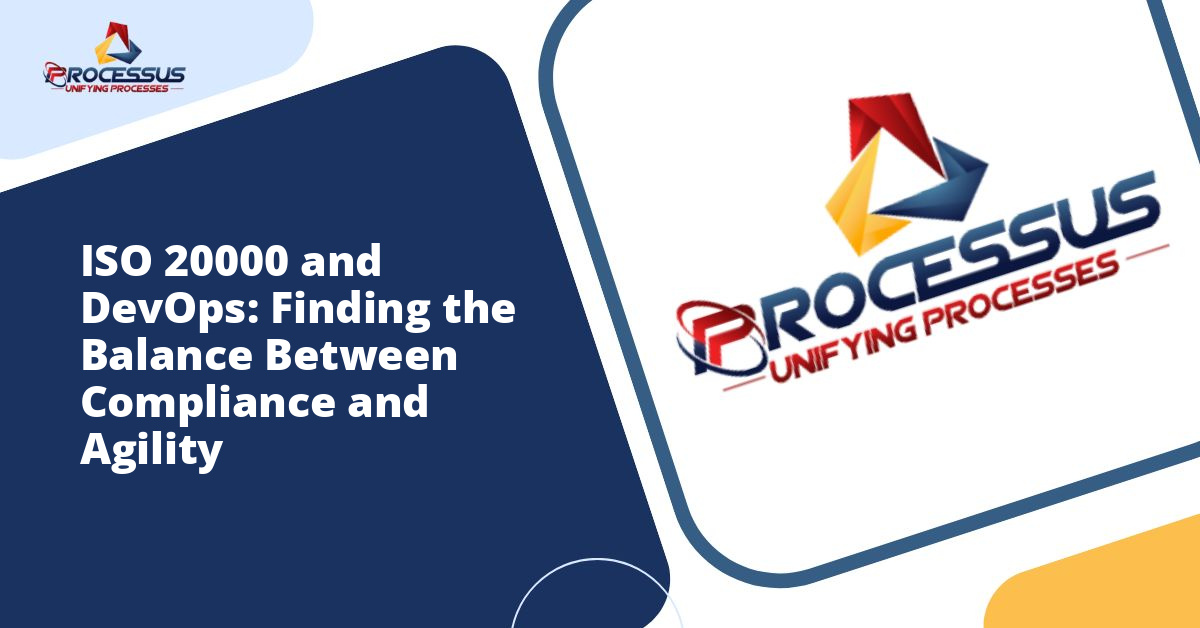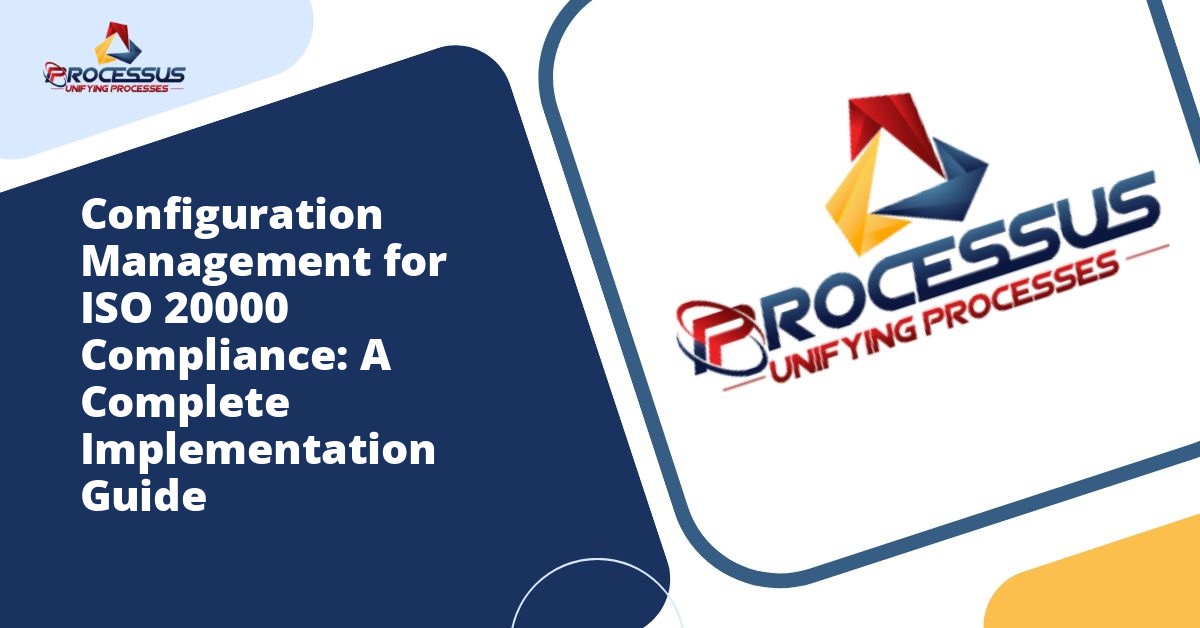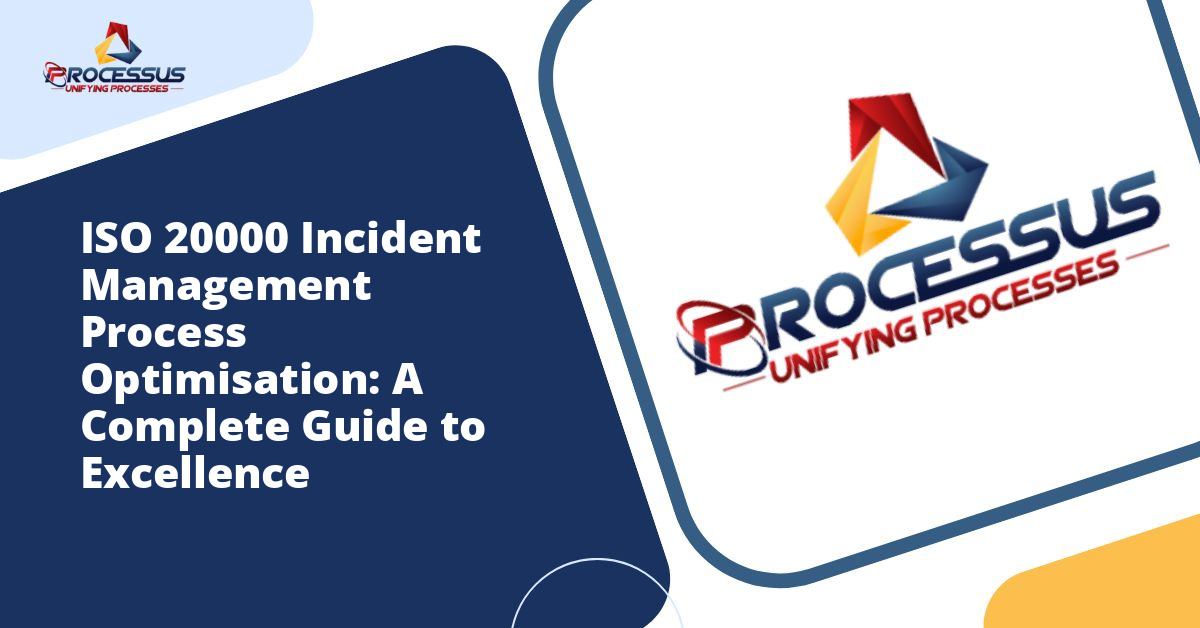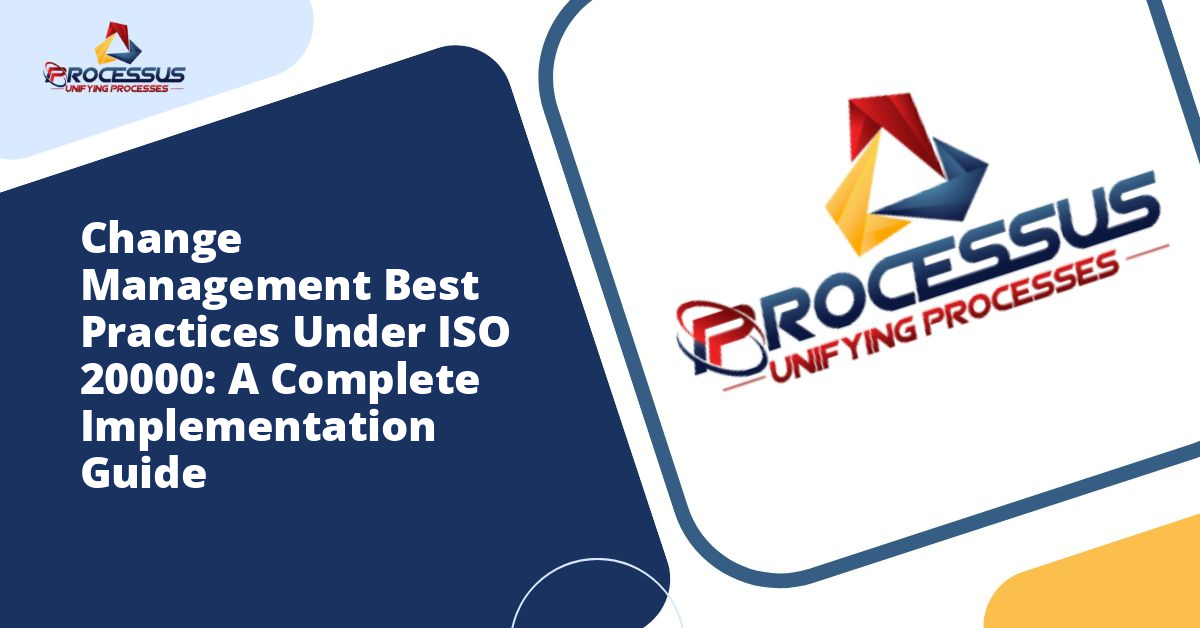In the world of IT service management, two frameworks consistently stand out as industry standards: ITIL (Information Technology Infrastructure Library) and ISO/IEC 20000. Organizations seeking to improve their IT service delivery often find themselves comparing these two approaches, wondering which one to adopt or whether they need both. The relationship between ITIL and ISO 20000 is more complementary than competitive, yet understanding their distinct characteristics remains essential for making informed decisions about IT service management strategy.
This comprehensive guide explores the nuances of both frameworks, examining their origins, purposes, key components, and most importantly, how they work together to create robust IT service management practices. You might also enjoy reading about ISO 20000 Certification: Your Complete Implementation Guide for Service Management Excellence.
What is ITIL?
ITIL represents a comprehensive set of practices designed to align IT services with business needs. Originally developed by the British government’s Central Computer and Telecommunications Agency (CCTA) in the 1980s, ITIL has evolved significantly over the decades. The framework provides detailed guidance on IT service management (ITSM) processes, offering organizations a systematic approach to delivering quality IT services.
The current version, ITIL 4, introduced in 2019, represents a significant evolution from its predecessor. Rather than focusing solely on processes, ITIL 4 embraces a holistic approach that integrates people, processes, products, and partners. The framework centers around the Service Value System (SVS) and emphasizes continuous improvement, flexibility, and collaboration.
Core Components of ITIL 4
ITIL 4 structures its guidance around several key elements:
- The Four Dimensions Model: Ensures a balanced approach to service management by considering organizations and people, information and technology, partners and suppliers, and value streams and processes.
- Service Value System: Describes how all components and activities of an organization work together to facilitate value creation through IT services.
- Service Value Chain: Provides an operating model for service creation, delivery, and continuous improvement with six key activities: plan, improve, engage, design and transition, obtain/build, and deliver and support.
- 34 Management Practices: Replacing the traditional process-focused approach, these practices provide flexible guidance across general management, service management, and technical management domains.
What is ISO/IEC 20000?
ISO/IEC 20000 is the first international standard specifically for IT service management. Published initially in 2005 by the International Organization for Standardization (ISO) and the International Electrotechnical Commission (IEC), this standard provides organizations with a framework for establishing, implementing, maintaining, and continually improving a Service Management System (SMS).
Unlike ITIL, which offers best practice guidance, ISO 20000 is a formal standard against which organizations can be audited and certified. The standard consists of multiple parts, with ISO/IEC 20000-1 specifying requirements for an SMS and ISO/IEC 20000-2 providing guidance for implementing those requirements.
Structure of ISO/IEC 20000
The current version of ISO/IEC 20000-1 follows the harmonized structure common to many ISO management system standards, making it easier to integrate with other frameworks like ISO 9001 (Quality Management) or ISO 27001 (Information Security Management).
The standard includes:
- Context of the Organization: Understanding internal and external factors affecting the SMS
- Leadership: Management commitment and policy establishment
- Planning: Risk management and service management objectives
- Support: Resources, competence, awareness, and communication
- Operation: Service planning, design, transition, delivery, and support
- Performance Evaluation: Monitoring, measurement, and improvement
- Improvement: Continual improvement of the SMS
The Historical Connection Between ITIL and ISO 20000
Understanding the relationship between ITIL and ISO 20000 requires looking at their shared history. ISO 20000 originated from BS 15000, a British Standard that itself was based on ITIL best practices. When BS 15000 became the international standard ISO 20000 in 2005, it retained this close connection to ITIL concepts and terminology.
This common heritage means the two frameworks share similar philosophical foundations and terminology. Many processes described in ITIL have corresponding requirements in ISO 20000. However, as both frameworks have evolved through different revision cycles, some divergence has naturally occurred while the fundamental compatibility remains strong.
Key Differences Between ITIL and ISO 20000
Purpose and Nature
The most fundamental difference lies in their basic purpose. ITIL serves as a best practice framework offering comprehensive guidance on how to implement IT service management. It provides detailed descriptions, recommendations, and examples but does not mandate specific requirements. Organizations can adopt ITIL practices selectively, adapting them to their specific context and needs.
ISO 20000, conversely, is a formal standard with specific requirements that organizations must meet to achieve certification. It defines what must be done rather than prescribing exactly how to do it. The standard establishes minimum criteria for an effective service management system, leaving implementation details to organizational discretion.
Certification and Recognition
ITIL offers individual certification for professionals at various levels, from Foundation to Master. These certifications demonstrate personal knowledge and understanding of ITIL concepts and practices. However, organizations cannot become “ITIL certified.” They may claim to follow ITIL practices, but there is no formal organizational certification process.
ISO 20000 provides organizational certification through accredited certification bodies. Organizations undergo rigorous audits to demonstrate compliance with the standard’s requirements. Successful completion results in an ISO 20000 certificate, valid for three years with surveillance audits conducted periodically. This certification provides third-party validation of an organization’s service management capabilities.
Scope and Detail
ITIL offers extensive, detailed guidance across numerous service management practices. The ITIL 4 Foundation publication alone contains hundreds of pages, with additional guidance available in specialist publications. This depth allows practitioners to understand not just what to do but why and how, with numerous examples and considerations.
ISO 20000 is comparatively concise, focusing on requirements rather than implementation guidance. While ISO/IEC 20000-2 provides some implementation advice, the standard intentionally avoids prescriptive detail. This brevity makes it more universally applicable across different industries and organizational contexts but means implementers often need additional resources to understand implementation approaches.
Flexibility and Prescription
ITIL embraces flexibility, encouraging organizations to adapt practices to their specific circumstances. The framework explicitly acknowledges that not every practice will suit every organization. ITIL 4 particularly emphasizes this through its guiding principles, including “progress iteratively with feedback” and “keep it simple and practical.”
ISO 20000, while allowing flexibility in implementation methods, maintains firm requirements for what must be achieved. Organizations seeking certification must demonstrate compliance with all applicable requirements. This creates a clearer threshold for conformance but potentially less flexibility in approach compared to voluntary ITIL adoption.
How ITIL and ISO 20000 Complement Each Other
Rather than viewing ITIL and ISO 20000 as competing alternatives, organizations benefit most by understanding how they complement each other. The relationship can be characterized as “guidance meets standard” or “how meets what.”
ITIL as Implementation Guidance for ISO 20000
Many organizations use ITIL as their primary implementation framework when pursuing ISO 20000 certification. ITIL’s detailed practices provide practical guidance for meeting ISO 20000’s requirements. For example, ISO 20000 requires organizations to manage incidents, but provides limited detail on how. ITIL’s incident management practice offers comprehensive guidance on establishing effective incident management processes.
This approach allows organizations to leverage ITIL’s extensive body of knowledge while working toward the formal recognition that ISO 20000 certification provides. The practices described in ITIL generally align well with ISO 20000 requirements, though some interpretation and mapping may be necessary.
ISO 20000 as Validation of ITIL Implementation
Organizations that have adopted ITIL practices may pursue ISO 20000 certification to validate their implementation. Certification provides external confirmation that their service management system meets internationally recognized standards. This validation carries weight with customers, partners, and stakeholders who may be unfamiliar with ITIL but recognize ISO certification.
The certification process also helps identify gaps in implementation. Even organizations with mature ITIL-based practices often discover areas for improvement during ISO 20000 audits, as the standard’s requirements ensure comprehensive coverage of essential service management elements.
Combined Benefits for Organizations
Using ITIL and ISO 20000 together delivers multiple benefits:
- Practical Implementation Support: ITIL provides the detailed “how-to” guidance that ISO 20000 intentionally omits, making implementation more manageable.
- Professional Development: ITIL certifications help staff develop expertise in service management concepts and practices.
- Organizational Recognition: ISO 20000 certification demonstrates organizational capability and commitment to stakeholders.
- Continuous Improvement Framework: ITIL’s comprehensive practices support ongoing refinement beyond minimum ISO 20000 requirements.
- Market Differentiation: The combination signals maturity in service management to potential clients and partners.
Choosing Between ITIL and ISO 20000
Organizations often face the question of whether to adopt ITIL, pursue ISO 20000 certification, or implement both. The answer depends on several factors:
Organizational Maturity
Organizations new to formal IT service management typically benefit from starting with ITIL. The framework provides comprehensive guidance for building foundational capabilities without the pressure of certification audits. Once practices mature, ISO 20000 certification becomes a natural progression.
Organizations with existing service management practices might evaluate their current state against both ITIL recommendations and ISO 20000 requirements. This assessment reveals whether they should focus on implementing additional ITIL practices or preparing for certification.
Business Drivers
Market expectations significantly influence this decision. Organizations operating in sectors where ISO 20000 certification is expected or required by clients may prioritize certification. Government contractors, service providers to regulated industries, and organizations competing in markets where certifications differentiate providers often find ISO 20000 certification essential.
Conversely, organizations focused primarily on internal IT service improvement without external certification pressure might implement ITIL practices without pursuing formal ISO 20000 certification.
Resource Availability
ISO 20000 certification requires significant investment in audit preparation, certification body fees, and ongoing surveillance audits. Organizations must assess whether they have the resources to pursue and maintain certification. ITIL implementation also requires investment in training and process development but without the recurring certification costs.
Strategic Objectives
Organizations should align their approach with broader strategic objectives. Those seeking to demonstrate governance and compliance may prioritize ISO 20000. Organizations focused on service excellence and continuous improvement might emphasize comprehensive ITIL adoption. Many find that both objectives are best served by combining approaches.
Implementation Considerations
Starting with ITIL
Organizations beginning with ITIL should focus on understanding the framework’s foundational concepts before diving into specific practices. ITIL 4’s guiding principles provide an excellent starting point, helping organizations think differently about service management. From there, identifying priority practices based on organizational needs and pain points creates a logical implementation roadmap.
Training staff in ITIL concepts builds organizational capability. While not everyone needs advanced certification, broad awareness of ITIL principles creates a common language and shared understanding of service management objectives.
Pursuing ISO 20000 Certification
Organizations pursuing ISO 20000 certification should begin with a gap analysis comparing current practices against standard requirements. This assessment identifies areas needing development before formal certification audits. Many organizations engage consultants experienced in both ITIL and ISO 20000 to guide this process.
Documentation receives particular emphasis in ISO 20000 implementation. While the standard does not prescribe specific documentation formats, organizations must demonstrate their SMS through appropriate documentation. Striking the right balance between sufficient documentation and excessive bureaucracy challenges many implementers.
Integrating Both Approaches
Organizations implementing both ITIL and ISO 20000 should establish clear connections between ITIL practices and ISO 20000 requirements. Mapping exercises help ensure comprehensive coverage while avoiding duplication. The goal is creating a coherent service management system that leverages ITIL’s detailed guidance while meeting ISO 20000’s requirements.
This integrated approach requires careful planning but delivers maximum value by combining practical implementation guidance with formal certification.
The Future of ITIL and ISO 20000
Both frameworks continue evolving to address emerging trends in technology and service management. ITIL 4’s embrace of Agile, DevOps, and digital transformation reflects the changing landscape of IT service delivery. Future revisions will likely continue incorporating new approaches while maintaining core service management principles.
ISO 20000 follows a regular revision cycle, with updates typically occurring every few years. Future versions will continue aligning with other ISO management system standards while addressing evolving service management needs. The standard’s fundamental compatibility with ITIL will likely persist, though specific alignments may shift as both frameworks evolve independently.
Organizations investing in either or both frameworks can expect continued relevance as service management remains central to organizational success in an increasingly digital world.
Conclusion
ITIL and ISO 20000 represent complementary approaches to IT service management rather than competing alternatives. ITIL provides comprehensive best practice guidance for implementing effective service management, while ISO 20000 offers a certifiable standard for validating service management system effectiveness.
Organizations benefit most by understanding the strengths of each approach and determining how they fit organizational objectives. Whether implementing ITIL practices, pursuing ISO 20000 certification, or combining both approaches, the goal remains the same: delivering high-quality IT services that support business objectives and create value for stakeholders.
The relationship between ITIL and ISO 20000 will continue evolving, but their shared foundation in service management excellence ensures their continued relevance. Organizations that understand and leverage both frameworks position themselves for success in delivering world-class IT services.

